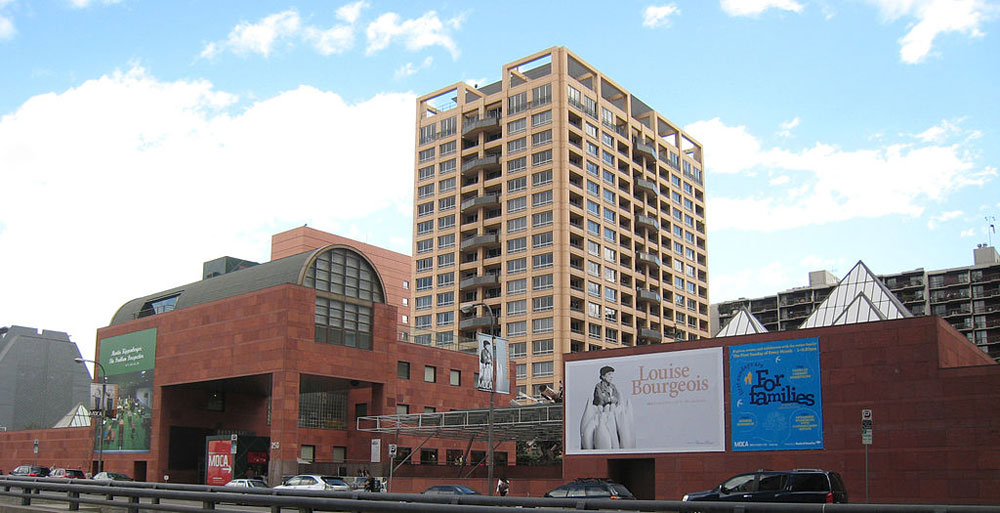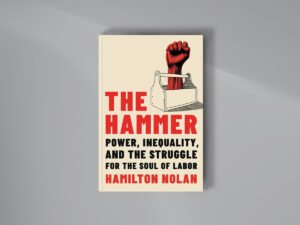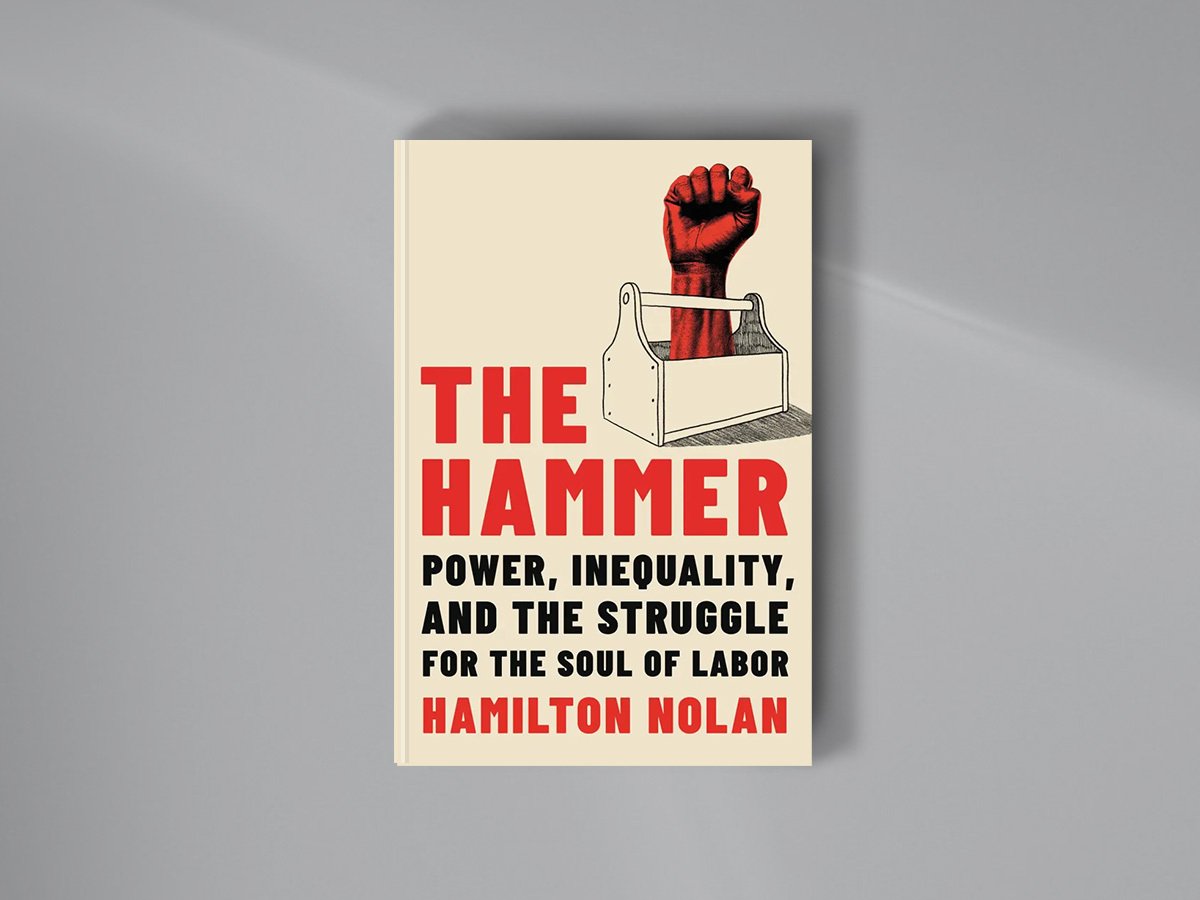
March 2, 2020; Artnet
As NPQ has covered, workers at a large number of art museums have unionized in the past year, including, last December, the formation of a union by about 100 workers at the Los Angeles Museum of Contemporary Art (MOCA). As Los Angeles Times reporter Carolina Miranda noted at the time, “The last year has seen a wave of unionization campaigns by visitor services employees at the New Museum of Contemporary Art and the Guggenheim Museum in New York, as well as the New Children’s Museum in San Diego and the Frye Museum in Seattle.”
This trend has continued into 2020. Just last month, a group of 75 workers at a 200,000 square-foot New York City art center at Hudson Yards known as The Shed also unionized.
The rise of unions at nonprofit art museums and art centers is hardly surprising, especially when one looks at salary numbers. As NPQ’s Kori Kanayama pointed out last year, the gap between CEO salaries and museum salaries can be considerable. For instance, at the Art Institute of Chicago, a Google spreadsheet where workers shared salary information found many earning less than $45,000 even as its CEO’s salary, as listed in the museum’s Form 990 filing, topped $593,000.
Moreover, many art museum workers take home far less than $45,000. For instance, prior to unionization, many of the visitor associates at MOCA earned the minimum wage, even though, as one MOCA workers told Miranda, “what is expected of us is more than a typical minimum wage [job].”
Sign up for our free newsletters
Subscribe to NPQ's newsletters to have our top stories delivered directly to your inbox.
By signing up, you agree to our privacy policy and terms of use, and to receive messages from NPQ and our partners.
And then there is the everyday reality of walking amongst art works valued in the hundreds of thousands or even millions of dollars. As Catherine Wagley observes in Artnet, “In the weird public/private hybrid model of the museum, there is seemingly unlimited money made in donations for the building and for artwork, but a millionaire or billionaire is never going to swoop in to provide changes to wage structure or employee safety.”
At MOCA, organizing committee member Lauren Kelly says that her colleagues in the union seek pragmatic improvements, but also have ideals that go beyond the museum’s walls. There is, of course, no doubt that wages are a major concern. These include interest in improving conditions for part-time museum workers and establishing clearer paths for workers at MOCA to reach full-time status and receive benefits.
But worker concerns extend beyond wage and benefit concerns. “The issues we’ve encountered ripple across many of these institutions, and we are asking for a change on all fronts,” Kelly tells Wagley. Committee member Junghun Lee concurs saying that workers “ultimately see our role within the effort [as being] more involved.”
One MOCA organizer anonymously related to Wagley that part of the strategy is to establish conditions that foster greater trust between workers and management. “We felt that real change would only come when the balance of power shifted towards those who see the labor issues at the museum first-hand.” The organizer adds that the museum has had a history of “reneging on promises or moving at a glacial pace when it came to structural changes.”
Unionizing, in short, is seen as a way to ensure promises are kept. It is also seen as a way to change a business model that too often privileges artworks and buildings over the people who keep those buildings in good condition and ensure that their artworks remain publicly accessible.—Steve Dubb













